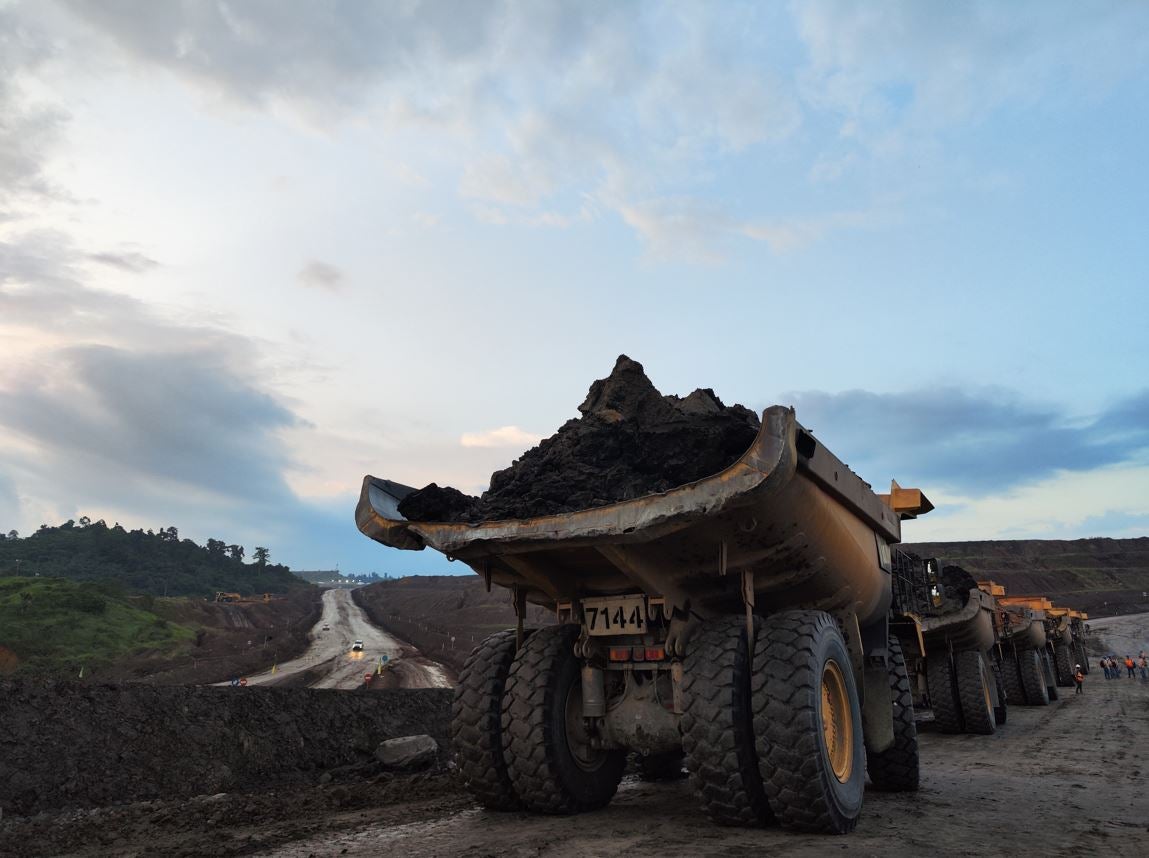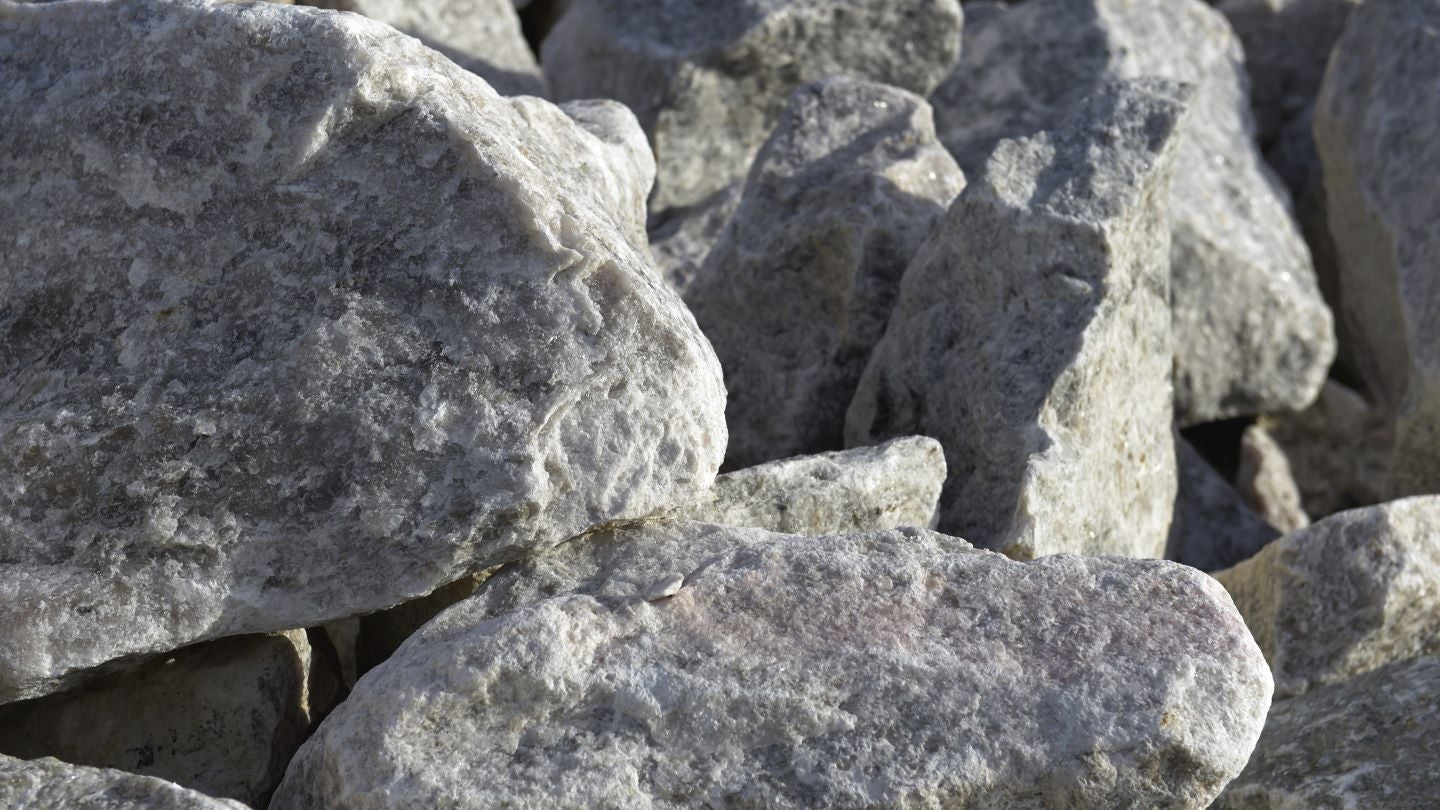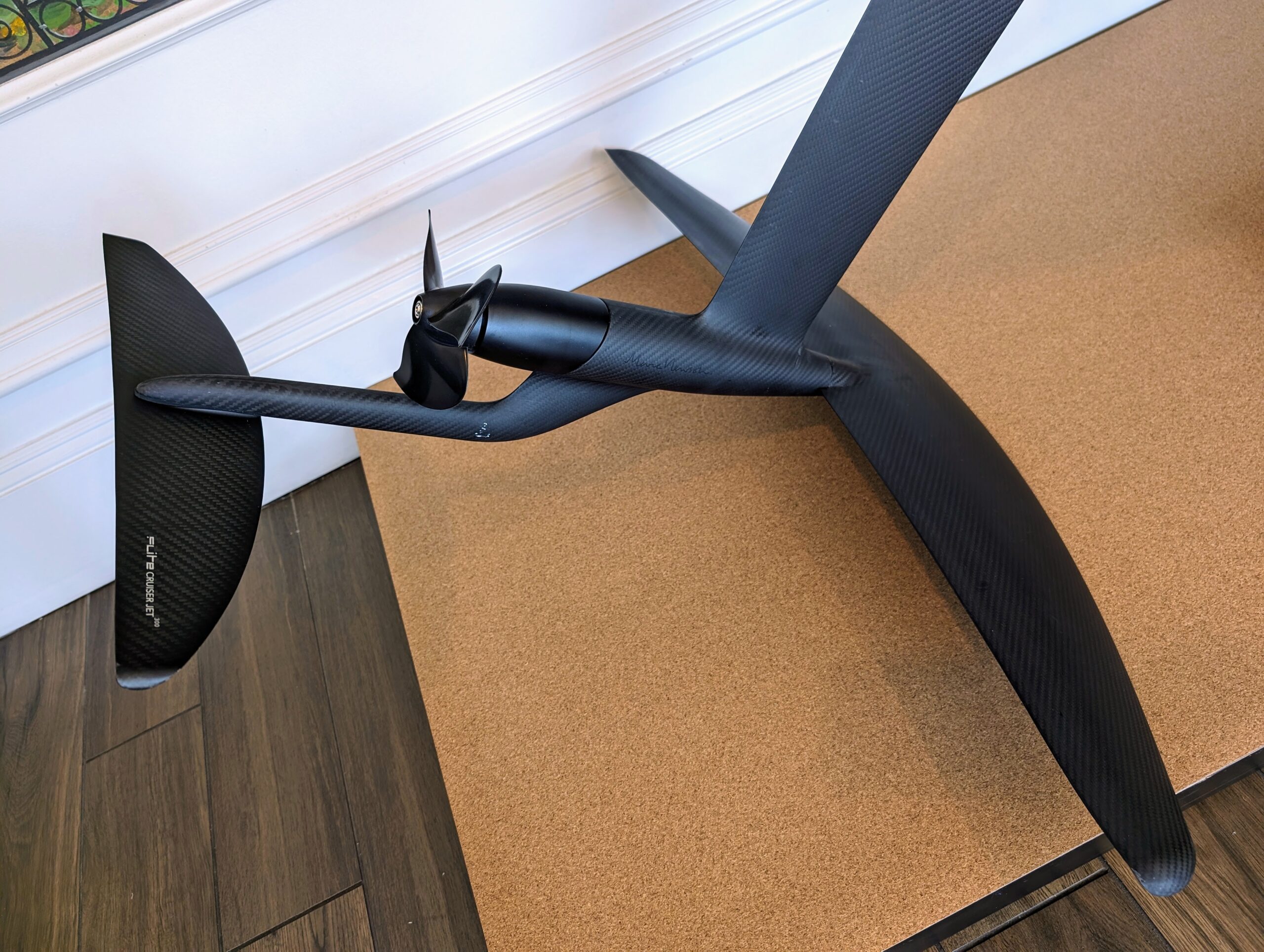Sign up for daily news updates from CleanTechnica on email. Or follow us on Google News!
A recent PBS video tells us the story of one town’s journey to becoming a Dark Sky Community, or a place people live that has exceptionally dark skies. Not only does this make the place more aesthetically-pleasing at night, with a better view of the stars, but it’s also great for human and animal health and wellbeing.
In big cities, it’s usually pretty difficult to actually see the night skies. Our artificial lights are collectively bright enough that they block out the view of all but a few of the brightest stars. In some places, you can’t see any of them, and are lucky to see something even brighter, like the planet Venus.
But, there’s no reason that it has to be that way. We do need some light at night, but not nearly as much as we’re using. Contrary to popular conception, it’s entirely possible to increase our view of the stars at night, improve human and animal health, and everything else without sacrificing quality of life. And, that’s what people in the Dark Sky movement are working toward.
In the video, Aaron Watson talks about growing up in the Eastern United States, where the view of the night sky is pretty bad. When he moved to Paonia, Colorado, he was inspired by the suddenly great view of the stars, including the Milky Way. Personally, I’ve taken people from the Eastern US camping, and one of them was frightened at the view of the Milky Way, thinking that there was something seriously wrong, because he had never seen it before, so the revelation that the night sky is more than someone thought is very real.
Aaron eventually became the chair of Dark Sky Colorado, so he definitely felt some serious inspiration.
During the interview, he explains (with the help of graphics from CBS) how light pollution messes up the view of the sky. Upward-traveling light from cities gets reflected around in dust, smog, and other particles in the atmosphere, and ends up being reflected away, including back downward. This cuts the view of the night sky down badly. This is a problem that’s getting worse in most places.
Paonia is taking a different path, though. As they seek to become a Dark Sky Community, the skies over the town are actually getting dimmer. That’s because the community is taking active measures to reduce wasted light that travels into the sky. And, all of these efforts have paid off, with the Milky Way now visible in the darkest spaces in town, such as in alleys and yards.
One big obvious advantage to this is the happiness of residents. People get to experience the beauty and the wonder of seeing the stars in most of the glory our ancestors did. It’s human instinct to crave a view of the stars, even if our more distant ancestors had no idea what they were actually looking at.
But, dark skies aren’t just good for aesthetics and recreation. They’re essential to health.
For animals, artificial light can be very harmful. Plants time their fall and winter slumbers based on the light, and trees close to something like a street lamp can have their response to the fall delayed. Unprepared for winter, the health of the tree suffers. Insects swarm near bright lights at night, because they usually use moonlight to navigate. Circling the light in a confused fashion leaves them a lot more vulnerable to predators than they should be, and tires them literally to death.
While we’d like to blame the “insect apocalypse” on things like cars and chemicals, light pollution is now understood to be a big thing contributing to their decline. Without pollinators and other insects, human life could become very difficult to maintain in the future.
Birds are also very negatively affected by artificial light at night. It devastates their populations, especially during migrations. For their own safety, the vast majority of birds actually do their migrating north and south at night. Using radar and other tools, scientists are measuring their migrations to better understand. The light pollution in cities attracts, disorients, and confuses the birds. It also leaves them vulnerable to predation by urban animals like cats.
Plus, humans are animals, too. We need darkness at night to properly regulate our hormones, avoid depression, and get the deep healing sleep we need. Light pollution threatens that, causing exhaustion, sickness, heart problems, obesity, and sometimes even cancer. Too much light at night also leads to not being able to see into the shadows, leaving people more vulnerable to criminal attackers.
Towns and even cities can solve this problem without leaving people in the dark. Unlike climate change, most of the impacts on the night sky are being caused by wasted light and not essential human activities.
The Dark Sky association gives four key principles to combating light pollution while keeping humans happy and safe. They are:
- Shielding – Covering up lights to keep them from shining directly at the sky or into your neighbors’ windows.
- Warmer light colors
- Dimming light to what’s needed and not much more
- Turning off lights when we’re not using them.
Using these simple methods, over 40 communities globally have become certified Dark Sky communities. Five of these communities are in Colorado, and many others around the United States are working toward this goal. And, these communities aren’t all small towns. For example, Tucson, Arizona has reclaimed their night sky, despite being similar in population to El Paso and Albuquerque.
The show interviewed other people in Paonia to see what non-activists thought of the Dark Sky Community efforts. They all loved the improved dark sky, but some were hesitant to support the effort at first. But, the results proved the effort wasn’t harmful. Seeing that nobody was trying to take light away helped people accept the effort. We don’t have to “go back to the Stone Age.”
One of the great things about reducing light pollution is how quickly turning a light off or shielding it better improves the situation. We don’t have to wait years or decades for the light to settle out of the atmosphere and see improvements. A light turned off or fixed today improves the night sky the very next night. So, progress can happen as fast as we can get people to flip a switch or change out a light fixture.
One approach at present is to warn people to turn the lights off during key nights for bird migrations, so this immediate improvement already has tangible benefits. Because most migration happens over 20 nights per year, it’s easier for people to become part of the solution without embracing a life change.
Featured image by Jennifer Sensiba.
Have a tip for CleanTechnica? Want to advertise? Want to suggest a guest for our CleanTech Talk podcast? Contact us here.
EV Obsession Daily!
I don’t like paywalls. You don’t like paywalls. Who likes paywalls? Here at CleanTechnica, we implemented a limited paywall for a while, but it always felt wrong — and it was always tough to decide what we should put behind there. In theory, your most exclusive and best content goes behind a paywall. But then fewer people read it!! So, we’ve decided to completely nix paywalls here at CleanTechnica. But…
Thank you!
Tesla Sales in 2023, 2024, and 2030
CleanTechnica uses affiliate links. See our policy here.




